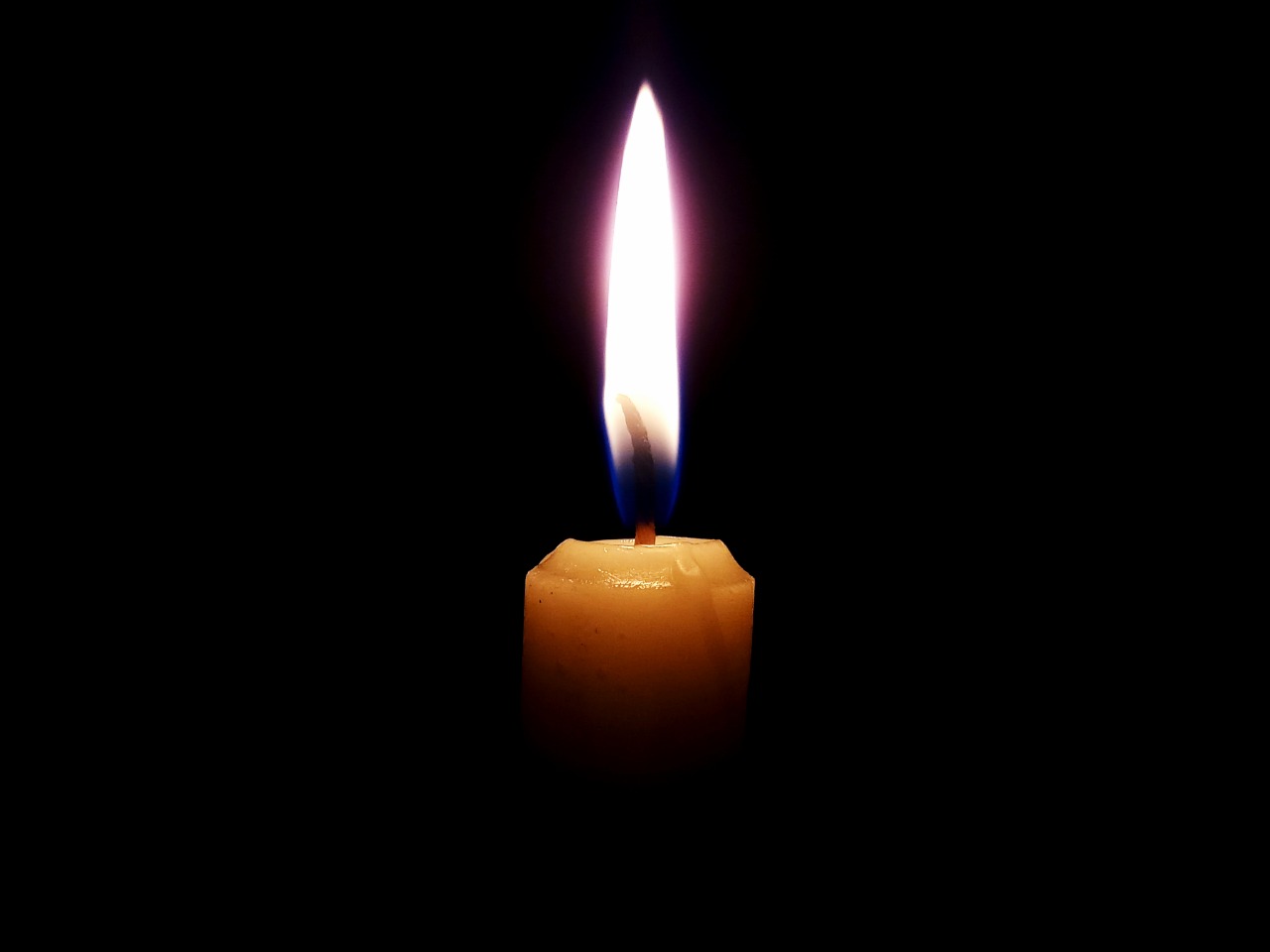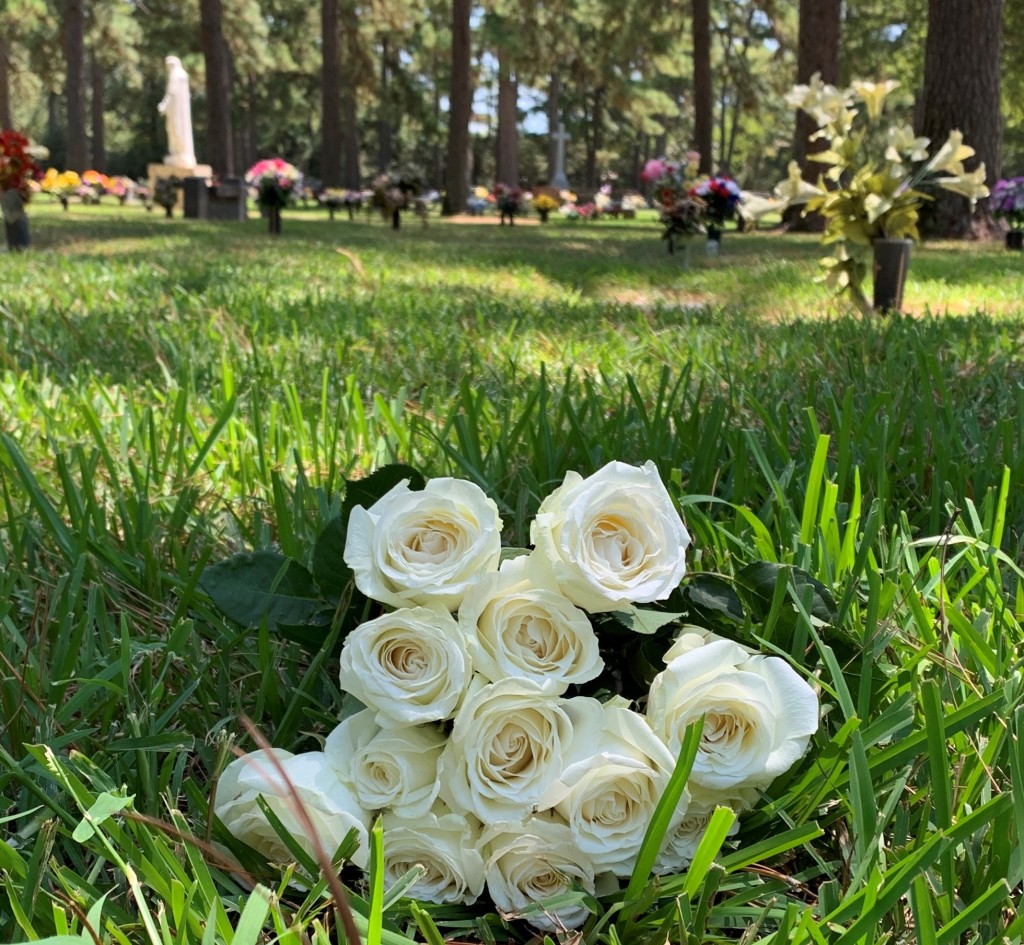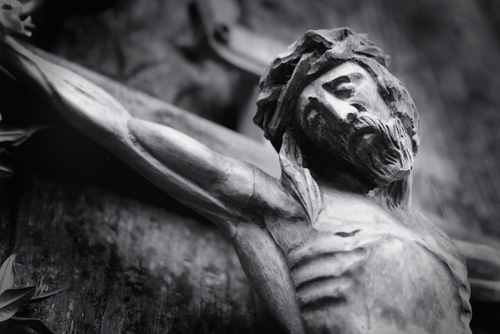One of the books I’m reading on grief is It’s Ok That You’re Not Ok [sic]: Meeting Grief and Loss in a Culture That Doesn’t Understand, by Megan Devine. I will probably never recommend this book to anyone for several reasons*, the most significant being the underlying Buddhist-nihilistic worldview, but the author’s main point is worth consideration: that our culture has a skewed view of grief and the challenges faced by the grieving.
Our modern American understanding is colored by the work of psychiatrist Elisabeth Kubler-Ross (On Death and Dying, 1969) who postulated 5 stages of grief. More recently critics have disputed the validity of these stages (denial, anger, bargaining, depression, and acceptance,) and Kubler-Ross herself has lamented the misunderstanding of her work as some kind of formula for a linear progression through grief that ends with “recovery.”
For those of us on this grief journey, there’s nothing linear or even rational about it. We may feel fairly normal one day, irrationally angry the next, and just functional but deeply sad the day after that. Our emotions are often a jumbled tangle of unpredictability.
While I have the blessing of very supportive friends and a loving church family, there have been acquaintances who, although well-meaning, seem to be puzzled by the fact that I still have very bad days on which I cannot work or function well, and I may burst into tears either at church or the middle of the grocery store.
There does seem to be a societal perception that once you’ve survived (insert number of weeks, months, years) you should be fine and getting on with your life. Most employers give bereaved a few days or weeks off, but may not understand when a deeply grieving employee is unable to perform as well as before the loss of a loved one. (Here I am also blessed with a kind, compassionate, and understanding work team.)
While bereaved people should be able to get to a place eventually where they are functional and able to experience joy again, perhaps we should not think about the grief journey so much as a path to “recovery,” but as a means to learn how to live with the sorrow of loss until we too are called to leave this life.
In addition to scripture, I also take consolation from the poetry of T. S. Eliot, who in his post-conversion work wrote of the journey into those dark nights of the soul which may encompass deep grief:
I said to my soul, be still, and let the dark come upon you
Which shall be the darkness of God...
I said to my soul, be still, and wait without hope
For hope would be hope for the wrong thing; wait without
love
For love would be love of the wrong thing; there is yet faith
But the faith and love and the hope are all in the waiting.
Wait without thought, for you are not ready for thought:
So the darkness shall be the light, and the stillness the dancing.
East Coker, T. S. Eliot
Grieving requires spending time in a dark valley, but with faith that the God of the universe and all creation is there too. Within the time of mourning, there is a place for faith and hope and love, just not for the worldly things that distract us in happier times. I reject the nihilistic view that there is no purpose or meaning here, but take consolation in knowing that my redeemer lives.
Yes, it is “okay that I am not okay,” and I do request patience and understanding from those around me. There is no quick fix for the heartache; there is only an unspecified amount of time spent in the darkness of grief, but that is what is “okay.”

*I am old-fashioned I suppose, but I think obscenity in non-fiction detracts from the argument. Devine and many of her fellow self-help authors throw in four-letter words perhaps to be culturally relevant? But I find it distracting and unprofessional.





